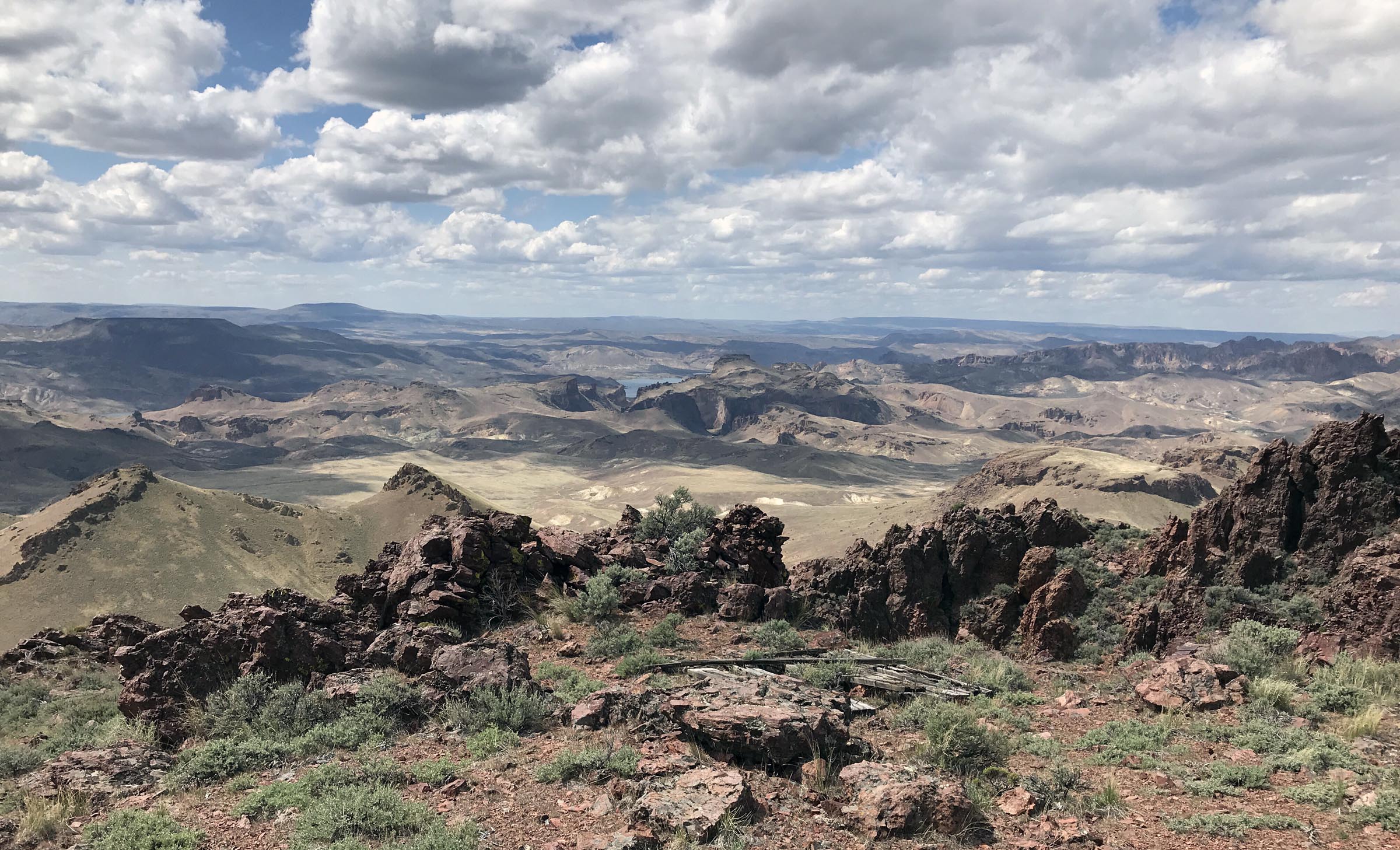
Our Production Process
Making a pen out of stone is completely different than making one out of plastic, wood, metal or other traditional material. These materials use equipment such as lathes and tooling comprised of steel or carbide. Unfortunately most gemstones are harder than either and so must use tooling that is harder than the material, such as diamond, in order to work. All other materials involve cutting, while lapidary involves grinding. While it is true that some stone material such as alabaster, soapstone, petoskey stone and others can be worked with cutting tools harder materials like Jasper, Agate, Obsidian, Petrified Wood, Granite, Quartzite and so forth require specialized tooling.
If we consider the process of creating a custom pen from a piece of gemstone rough material, there are essentially eight steps.
Cutting – cutting involves the use of some combination of lapidary slab saws, tile saws, trim saws and grinders to beak down a rough piece into a “pen blank”. A pen blank is approximately 7/8″ square by 2 to 6 inches in length, depending on the pen and the material used.
Drilling – In order to drill out the center of the pen blank for the brass tube which supports the material, special drilling equipment and drills are used. In fact we fabricate our own drill bits in order to support proper cooling, lubrication and clearing during the drilling process.
Gluing – Once the hole is drilled for the brass tube, the tube is glued in permanently with special epoxy. Because many stones are translucent, the epoxy must be dyed in order that the brass tube is not visible in the finished product.
Squaring – After the glue has sufficiently set, the ends of the tube are squared off the exact length of the brass tube so the finished pen will be the correct length. Again, custom tools needed to be designed and fabricated to work with hard gemstone.
Rough Shaping – Rough shaping is done on a custom, purpose-built “lapidary lathe” which allows the square block of pen blank to be mounted on a mandrel and rounded and brought down to within a few thousandths of the “finished profile”. Water is used to keep the material and tooling cool, lubricated and clear of waste material.
Final Shaping – Finish shaping is done by hand with proprietary diamond tooling on a specialized finishing lathe. Calipers are used to sneak up on the finished dimensions and prepare for polishing.
Polishing/Finishing – Polishing is done by hand with special diamond resin polishing pads to 16000. Final polish to 50000 is done on a traditional cabbing machine.
Assembly – Traditionally pens are assembled by “pressing” the components together in a pen press. Because stone has no “give” the assembly step requires “clearancing” the brass tube by either reaming or sanding to arrive at a slip fit. Glue is then used for final assembly.
This entire process takes a significant amount of time, and because of the unique characteristics of stone often results in failure, particularly in the drilling and rough shaping steps, due to internal fractures, brittleness or heat.
